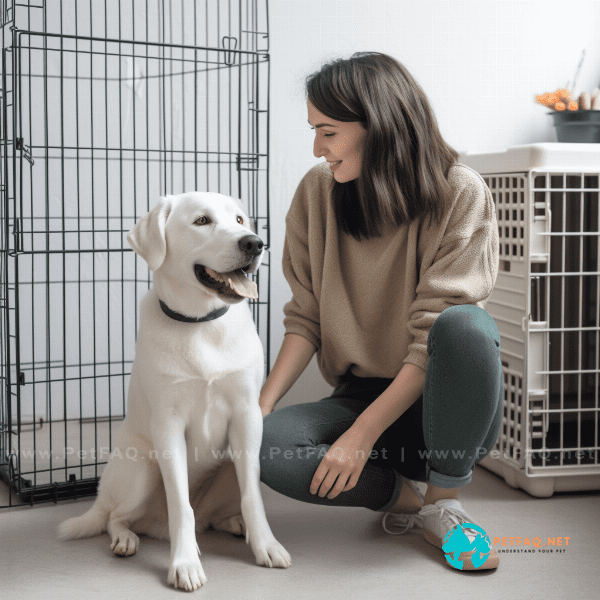Table of Contents
- Understanding Separation Anxiety in Dogs
- Preparing Your Home for Separation Training
- Building Trust and Confidence with Your Dog
- Desensitizing Your Dog to Your Departures
- Implementing Gradual Departures and Returns
- Using Positive Reinforcement Techniques
- Addressing Regression and Setbacks
- Seeking Professional Help for Severe Cases
- Consistency and Patience: Key to Success
- Celebrating Your Dog’s Progress and Achievements
Understanding Separation Anxiety in Dogs
Separation anxiety is a common behavioral problem in dogs that occurs when they become anxious and distressed when separated from their owners or caretakers. Dogs are social animals and thrive on companionship, so being alone for extended periods can be stressful for them.
Causes of Separation Anxiety in Dogs
Several factors can contribute to separation anxiety in dogs, including lack of socialization, past traumatic experiences, changes in routine, and medical issues. Separation anxiety is more common in rescue dogs who may have experienced abandonment or neglect in the past.
Signs of Separation Anxiety in Dogs
It is essential to recognize the signs of separation anxiety in dogs to address the problem effectively. Some common signs of separation anxiety include destructive behavior, excessive barking or howling, pacing, drooling, and house soiling. Dogs with separation anxiety may also exhibit destructive behavior, such as chewing on furniture or doors.
The Importance of Early Intervention
Separation anxiety can escalate over time and become a severe problem if not addressed early on. Therefore, it is crucial to seek professional help if your dog exhibits signs of separation anxiety. With the right training techniques and patience, separation anxiety can be effectively managed, allowing your dog to lead a happier and healthier life.
Training your dog to overcome separation anxiety requires time, effort, and patience. By understanding the underlying causes of separation anxiety and recognizing the signs, you can start implementing effective Separation anxiety dog training techniques. In the next section, we’ll explore how to prepare your home for separation training.
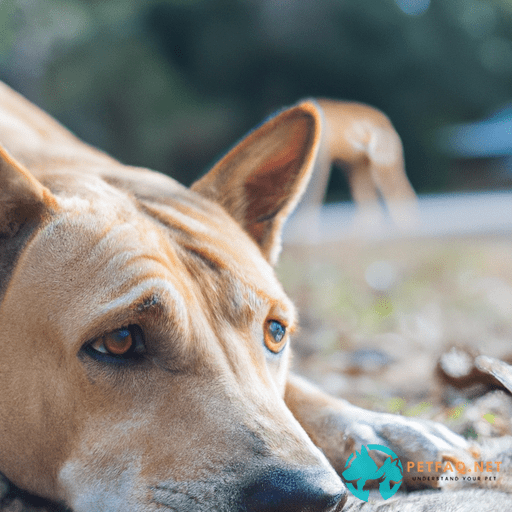
Preparing Your Home for Separation Training
Before starting separation anxiety Dog training, it is essential to prepare your home to ensure your dog’s safety and comfort during the training process.
Creating a Safe and Comfortable Space for Your Dog
Create a safe and comfortable space for your dog by providing a cozy bed, blankets, toys, and water. Choose a space that is quiet, well-ventilated, and away from distractions. Consider crate training as it can provide your dog with a sense of security and comfort.
Gradually Increasing Alone Time
Start by gradually increasing the time your dog spends alone in the designated space. Begin with short intervals and gradually increase the time. During this time, avoid making a fuss when leaving or returning home to prevent reinforcing anxious behavior.
Eliminating Triggers
Identify triggers that may cause anxiety in your dog and eliminate them. For example, if your dog gets anxious when you put on your shoes, try putting them on several times throughout the day without leaving. This will help your dog learn that putting on shoes does not always mean you’re leaving.
Introducing Positive Associations
Introduce positive associations with your dog’s designated space by providing treats, praise, and toys. This will help your dog learn that being alone in their space can be enjoyable.
Preparing your home for separation training is an essential step in helping your dog overcome separation anxiety. By creating a safe and comfortable space, gradually increasing alone time, eliminating triggers, and introducing positive associations, you can help your dog feel more comfortable and secure when alone. In the next section, we’ll explore how to build trust and confidence with your dog.
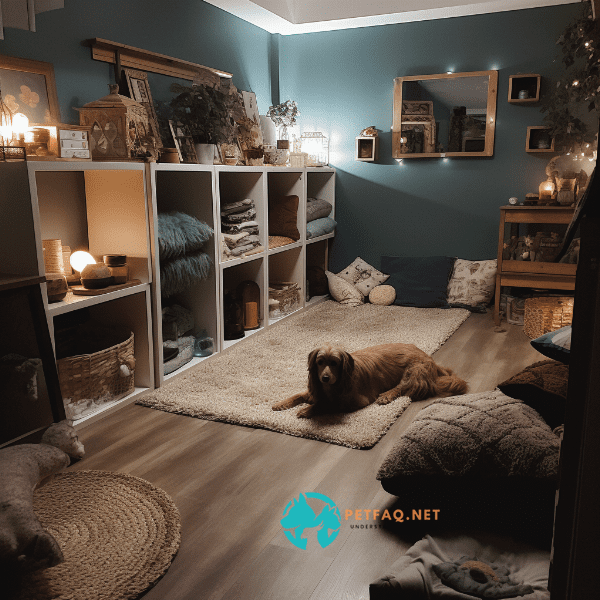
Building Trust and Confidence with Your Dog
Building trust and confidence with your dog is crucial for separation anxiety dog training. When your dog trusts and feels comfortable with you, they will be more relaxed when left alone.
Positive Reinforcement Training
Positive reinforcement training is an effective way to build trust and confidence with your dog. Rewarding your dog for good behavior with treats, praise, and toys will help them feel more secure and confident.
Exercise and Mental Stimulation
Regular exercise and mental stimulation are also essential for building trust and confidence with your dog. Exercise releases endorphins that promote relaxation, while mental stimulation, such as puzzle toys, can help reduce anxiety and boredom.
Building a Strong Bond
Building a strong bond with your dog is key to overcoming separation anxiety. Spend quality time with your dog, such as going for walks, playing games, and cuddling. This will help your dog feel more connected and secure with you.
Building trust and confidence with your dog is an essential step in separation anxiety dog training. By using positive reinforcement training, providing regular exercise and mental stimulation, avoiding punishment, and building a strong bond, you can help your dog feel more secure and confident when left alone. In the next section, we’ll explore how to desensitize your dog to your departures.
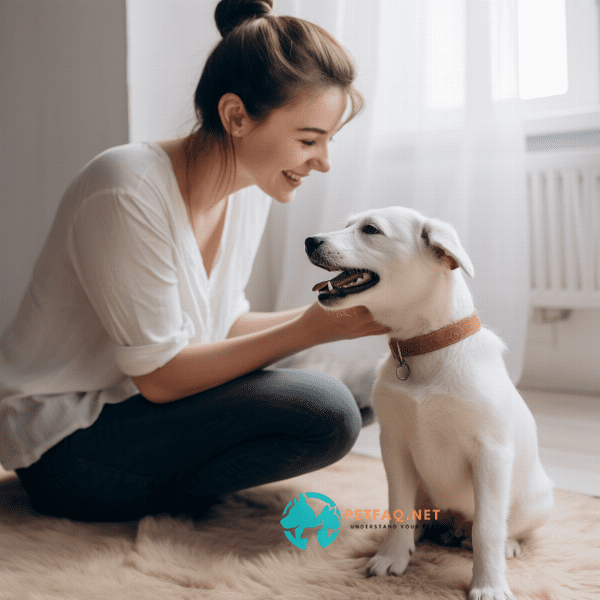
Desensitizing Your Dog to Your Departures
Desensitizing your dog to your departures is an essential step in separation anxiety dog training. This technique involves gradually exposing your dog to the triggers that cause anxiety when you leave and teaching them that your departure is not a cause for distress.
Avoid Making a Fuss
Avoid making a fuss when leaving or returning home, as this can reinforce anxious behavior. Instead, leave and return home calmly and quietly. This will help your dog learn that your departures are a normal part of daily life.
Use Calming Techniques
Use calming techniques such as music, aromatherapy, and pheromone sprays to help your dog feel more relaxed and calm when you’re away. These techniques can help reduce anxiety and promote relaxation.
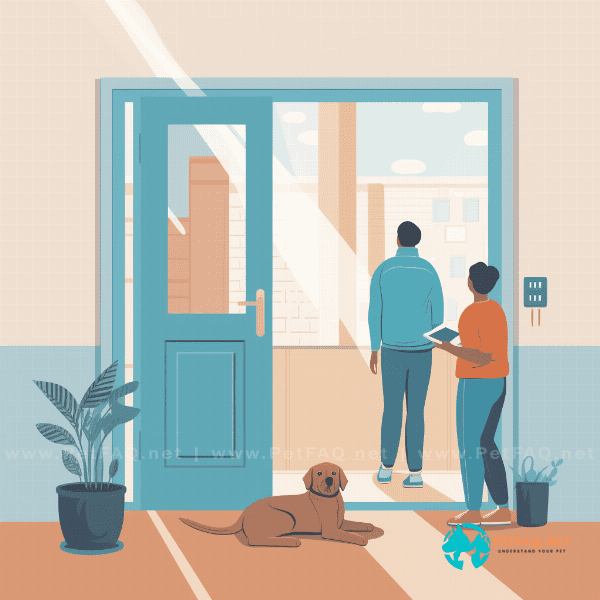
Implementing Gradual Departures and Returns
Gradual departures and returns are an effective separation anxiety dog training technique that involves gradually increasing the time you spend away from your dog and gradually increasing the time you spend with them upon your return.
Gradual Departures
Start by gradually increasing the time you spend away from your dog. Begin with just a few minutes and gradually increase the time. This will help your dog learn that your departures are not permanent and that you will return.
Gradual Returns
When you return home, avoid making a fuss and spend a few minutes ignoring your dog. This will help your dog learn that your return is not a cause for excitement. After a few minutes, calmly greet your dog and reward them for good behavior.
Vary the Routine
Vary the routine of your departures and returns to help your dog learn that you may leave and return at different times. This will help reduce anxiety and prevent your dog from becoming overly attached to a specific routine.
Implementing gradual departures and returns is an effective separation anxiety dog training technique that can help reduce anxiety and promote relaxation. By gradually increasing the time you spend away from your dog, gradually increasing the time you spend with them upon your return, repeating the process regularly, and varying the routine, you can help your dog feel more relaxed and secure when left alone. In the next section, we’ll explore how to use positive reinforcement techniques.

Using Positive Reinforcement Techniques
Positive reinforcement techniques are an effective way to train your dog and encourage good behavior. When used correctly, positive reinforcement can help reduce anxiety and promote relaxation in dogs with separation anxiety.
Rewarding Good Behavior
Rewarding good behavior with treats, praise, and toys is a powerful positive reinforcement technique. When your dog exhibits good behavior, such as being calm when left alone, reward them immediately to reinforce the behavior.
Clicker Training
Clicker training is another positive reinforcement technique that involves using a clicker to mark good behavior and reward your dog. Clicker training is particularly effective for separation anxiety dog training as it allows you to reward your dog for calm behavior when left alone.
Consistency is key to using positive reinforcement techniques effectively. Consistently rewarding good behavior and redirecting negative behavior will help your dog learn what is expected of them and promote relaxation and calmness.
Using positive reinforcement techniques is an effective way to train your dog and reduce anxiety in dogs with separation anxiety. By rewarding good behavior, avoiding punishment, using clicker training, and being consistent, you can help your dog feel more relaxed and secure when left alone. In the next section, we’ll explore how to address regression and setbacks during separation anxiety dog training.
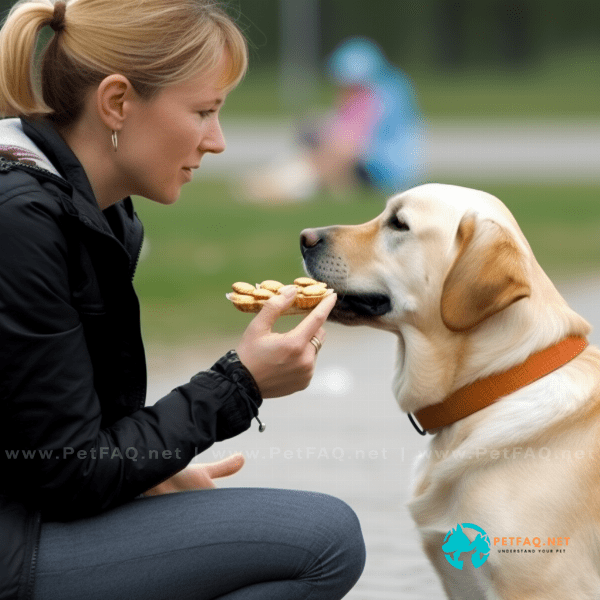
Addressing Regression and Setbacks
Regression and setbacks are common during separation anxiety dog training, but it is essential to address them promptly to prevent them from becoming a more significant issue.
Identifying Regression and Setbacks
Identifying regression and setbacks is key to addressing them promptly. Signs of regression and setbacks may include increased anxiety, destructive behavior, excessive barking or howling, and house soiling.
Identifying Triggers
Identifying triggers that may be causing regression and setbacks is essential. Triggers may include changes in routine, environmental changes, or medical issues. Once you have identified the trigger, you can take steps to address it.
Addressing the Trigger
Addressing the trigger may involve making changes to your dog’s routine, providing additional mental stimulation or exercise, or seeking veterinary care for underlying medical issues. Addressing the trigger promptly can help prevent regression and setbacks from becoming a more significant issue.
Seeking Professional Help
If your dog’s regression and setbacks persist, seeking professional help from a certified dog trainer or behaviorist may be necessary. They can provide additional guidance and support to help you and your dog overcome separation anxiety.
Addressing regression and setbacks promptly is essential for successful separation anxiety dog training. By identifying regression and setbacks, identifying triggers, addressing the trigger, and seeking professional help if necessary, you can help your dog overcome separation anxiety and lead a happier and healthier life. In the next section, we’ll explore when to seek professional help for severe cases of separation anxiety.
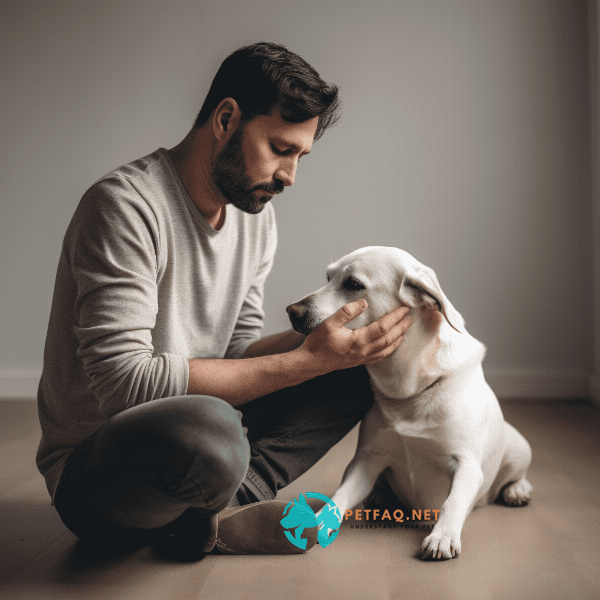
Seeking Professional Help for Severe Cases
While most cases of separation anxiety can be effectively managed with training and patience, severe cases may require professional help from a certified dog trainer or behaviorist.
Signs of Severe Separation Anxiety
Signs of severe separation anxiety may include extreme anxiety, aggression, self-injury, or destructive behavior. If your dog exhibits any of these signs, seeking professional help is crucial.
Certified Dog Trainer or Behaviorist
A certified dog trainer or behaviorist can provide additional guidance and support for severe cases of separation anxiety. They can assess your dog’s behavior, develop a customized training plan, and provide ongoing support and guidance.
Medication
In some cases, medication may be necessary to manage severe separation anxiety. A veterinarian can prescribe medication to help reduce anxiety and promote relaxation.
Patience and Consistency
Seeking professional help for severe cases of separation anxiety is essential for the well-being of your dog. By recognizing the signs of severe separation anxiety, seeking the guidance of a certified dog trainer or behaviorist, considering medication, and being patient and consistent, you can help your dog overcome separation anxiety and lead a happier and healthier life. In the next section, we’ll explore the importance of consistency and patience in separation anxiety dog training.
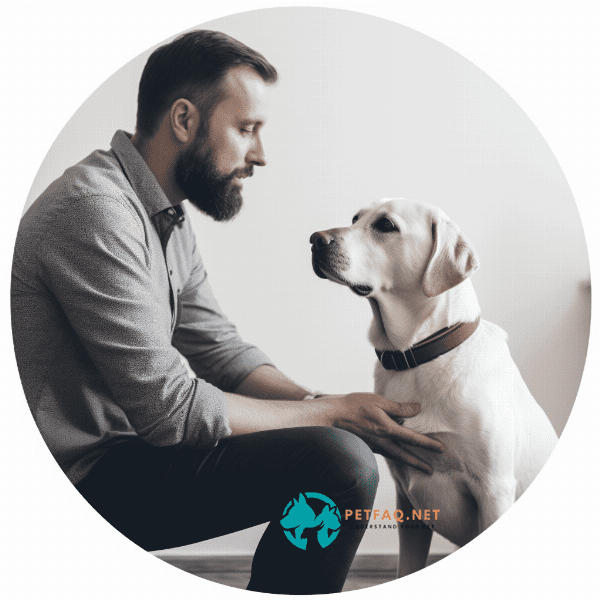
Consistency and Patience: Key to Success
Consistency and patience are crucial for successful separation anxiety dog training. Separation anxiety is a complex issue that can take time and effort to overcome, but with consistency and patience, you can help your dog feel more relaxed and secure when left alone.
Patience
Patience is also key to separation anxiety dog training. It may take time for your dog to respond to training, and setbacks may occur. However, with patience and perseverance, you can help your dog overcome separation anxiety.
Understanding Your Dog’s Needs
Understanding your dog’s needs is also crucial for successful separation anxiety dog training. Every dog is different and may require different techniques or approaches. Take the time to understand your dog’s needs and tailor your training approach accordingly.
Celebrating Successes
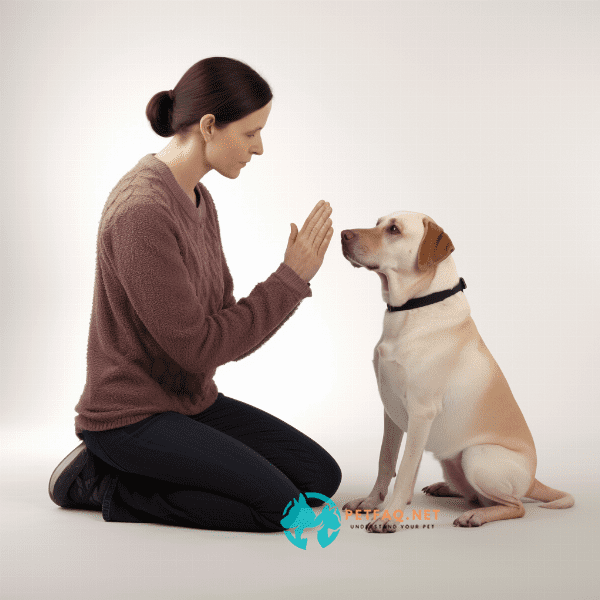
Celebrating Your Dog’s Progress and Achievements
Celebrating your dog’s progress and achievements is an essential part of separation anxiety dog training. Recognizing and rewarding good behavior can help reinforce positive behavior and promote relaxation.
Recognizing Progress
Recognizing progress is key to celebrating your dog’s achievements. When your dog exhibits good behavior, such as being calm when left alone or greeting you calmly upon your return, take the time to acknowledge and reward their progress.
Rewarding Achievements
Rewarding achievements is also essential for celebrating your dog’s progress. When your dog achieves a new milestone, such as being able to stay alone for a longer period, reward them with treats, praise, or toys.
Maintaining Consistency
Maintaining consistency is crucial for celebrating your dog’s progress and achievements. Consistently providing a safe and comfortable space for your dog, using positive reinforcement techniques, and addressing regression and setbacks promptly can help reinforce good behavior and promote relaxation.
Keeping a Positive Attitude
Keeping a positive attitude is also important for celebrating your dog’s progress and achievements. Separation anxiety can be a challenging issue to overcome, but by maintaining a positive attitude and celebrating even small achievements, you can help your dog feel more relaxed and secure when left alone.
Celebrating your dog’s progress and achievements is an essential part of separation anxiety dog training. By recognizing progress, rewarding achievements, maintaining consistency, and keeping a positive attitude, you can help your dog overcome separation anxiety and lead a happier and healthier life. Remember to always seek professional help if necessary, and most importantly, be patient and consistent in your approach.
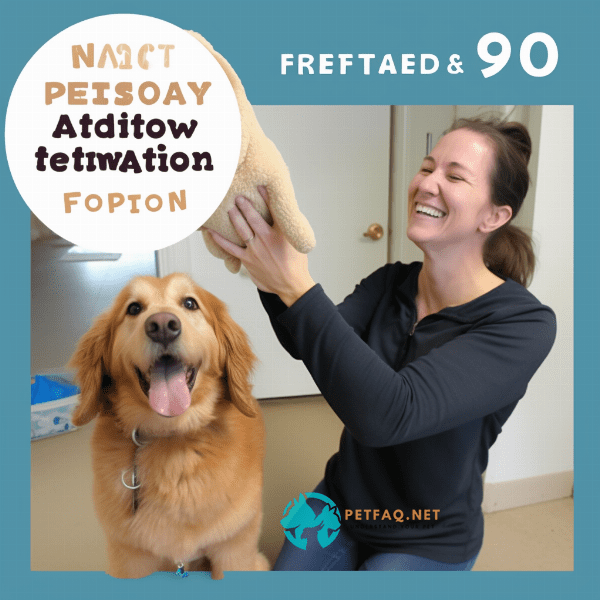
Frequently Asked Questions (FAQs) about Separation anxiety dog training:
1. How can you maintain your dog's progress with separation anxiety training?2. Can all dogs develop separation anxiety or are certain breeds more prone to it?
3. Are there any medications or supplements that can help dogs with separation anxiety?



